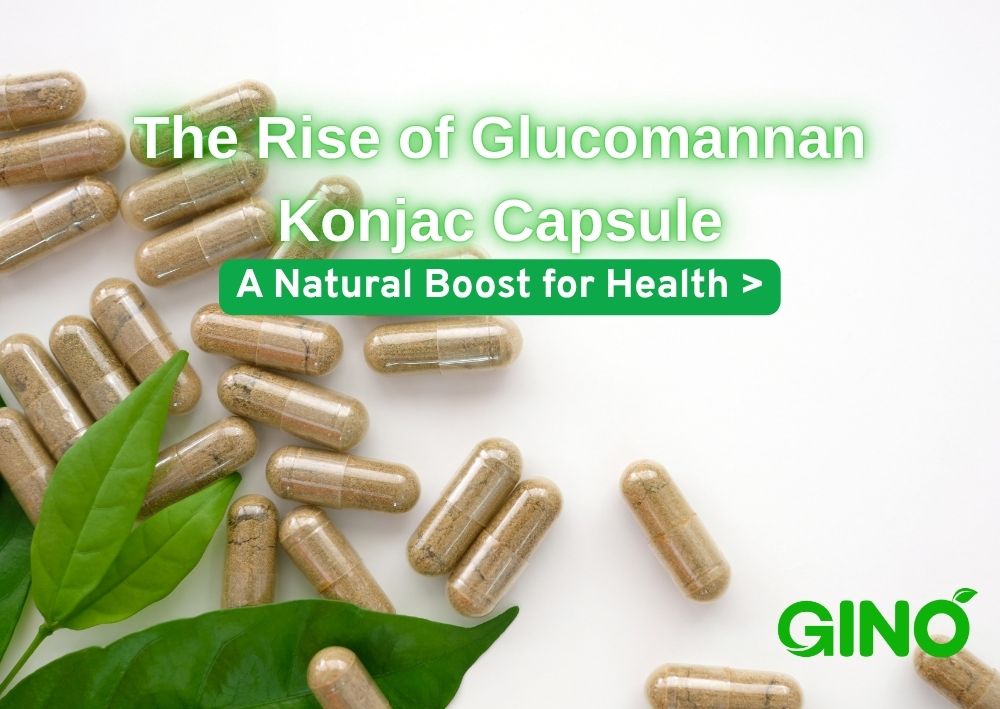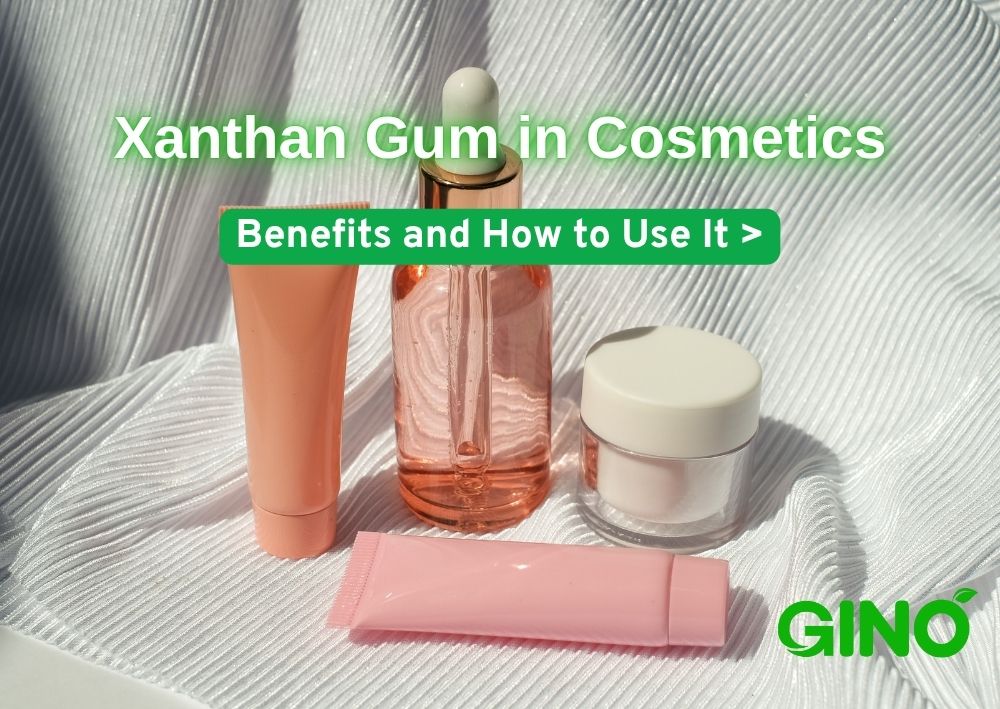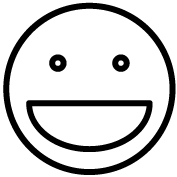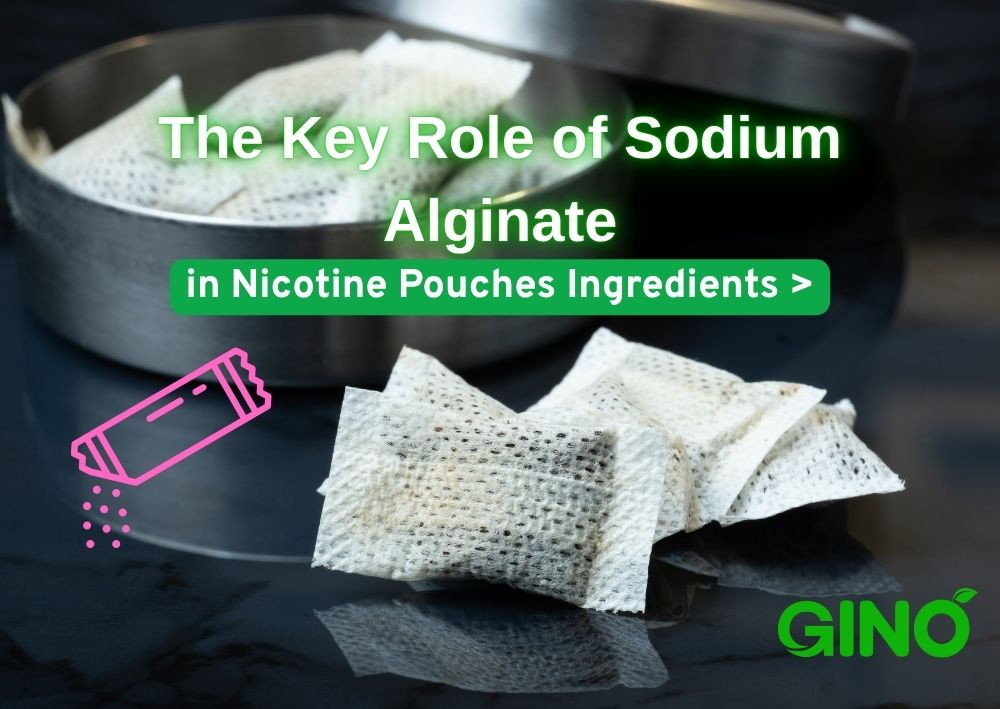
12 Amazing Food Hydrocolloids: Comparison of Properties
Food Hydrocolloid Comparison
What is Food Hydrocolloids?
Food Hydrocolloids are usually macromolecular substances that are dissolved in water and can hydrate sufficiently under certain conditions to form a sticky, slippery or jelly-like liquid.
Types of Food Hydrocolloids?
| Types | Main Species |
| Plant Based Gums | Guar Gum, Locust Bean Gum, Tamarind Gum, Linseed Gum, Gum Pods△, Gum Arabic, Yarrow Gum, Indian Gum, Plane Tree Gum, Peach Gum△△, Pectin, Konjac Gum, Aloe Vera Extract, Inulin, Xanax Polysaccharide△△△. |
| Animal-Derived Gums | Gelatin, Casein, Sodium Caseinate, Chitin, Chitosan, Whey Protein Isolate, Whey Protein Concentrate, Fish Gum |
| Microbial Gum | Xanthan Gum, Gellan Gum, Polysaccharide Of Thrive, Coagulated Polysaccharide, Yeast Polysaccharide |
| Seaweed Gums | Agar, Carrageenan, Alginate, Propylene Glycol Alginate, Red Algae Gum, Brown Algae Salt Alginate |
| Chemically Modified Gums | Sodium Carboxymethyl Cellulose, Hydroxyethyl Cellulose, Microcrystalline Cellulose, Methyl Cellulose, Hydroxypropyl Methyl Cellulose, Hydroxypropyl Cellulose, Modified Starch, Sodium Polyacrylate, Polyvinylpyrrolidone |
Note: △Vegetable seed gum; △△Vegetable tree gum; △△△Other vegetable gum.
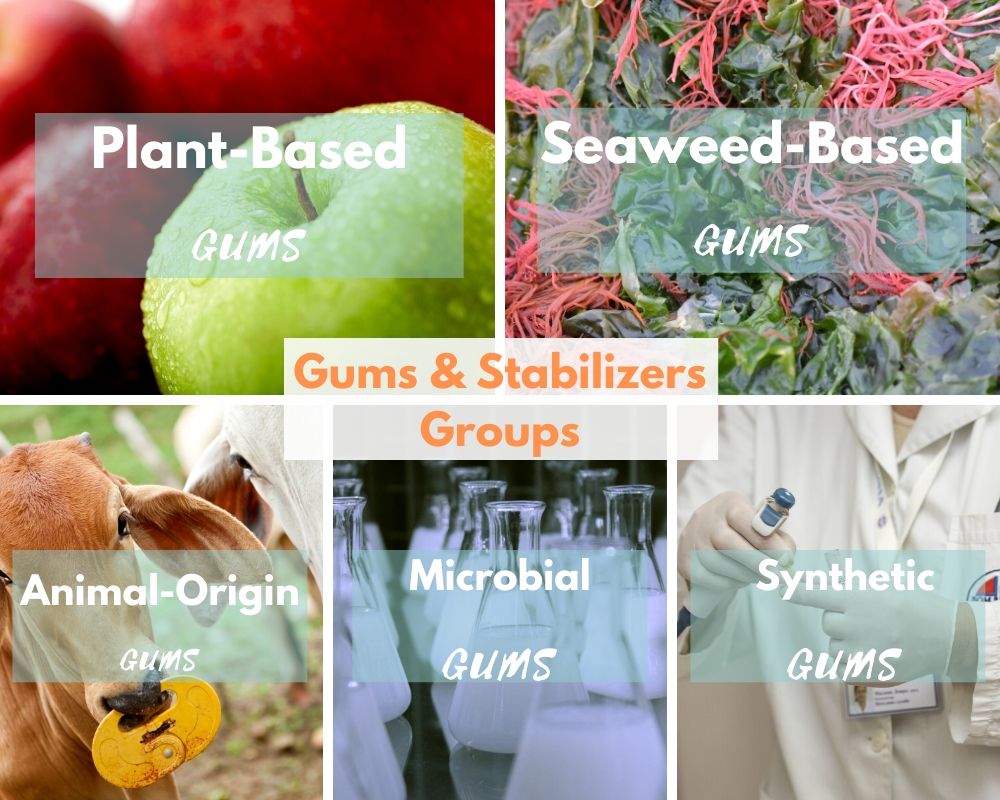
1. Xanthan Gum
Xanthan gum, also known as xanthan, Hansen gum, xanthan polysaccharide, is a kind of single spore polysaccharide produced by the fermentation of Pseudoxanthomonas spp.
It is an acidic extracellular polysaccharide composed of carbohydrates from Xanthomonas xanthomonas of Brassica campestris, which breaks 1,6-glycosidic bond and opens the branched chain, then synthesizes the straight chain by 1,4-bond through aerobic fermentation bioengineering technology.
Because of its macromolecular special structure and colloidal properties, and has many functions, xanthan gum can be used as emulsifier, stabilizer, gel thickener, wetting agent, film forming agent, etc. It is widely used in various fields of national economy.
Xanthan gum can quickly dissolve to cold water, but has a strong hydrophilic, so if the stirring is not sufficient, the outer layer of water absorption and swelling into glue group, will prevent water into the inner layer. Therefore, xanthan gum dry powder can be mixed with salt, sugar and other dry powder and then slowly added to the water being stirred to make a solution.
Xanthan gum solution in static or low shear has a high viscosity, the viscosity in high shear will drop sharply, but the molecular structure remains unchanged, and when the shear force is eliminated, it immediately restores the original viscosity.
Therefore, xanthan gum solution has pseudoplasticity. The relationship between shear force and viscosity is completely plastic. Xanthan gum pseudoplasticity is very prominent, the pseudoplasticity of stable suspension, emulsion is very effective.
During the experiment, it was found that when xanthan gum dissolved in the cold water with glass rod, if add too fast, the xanthan gum dry powder cannot fully diffuse and clump, then it is difficult to dissolve. When it was added slowly to the cold water stirred by high speed rotor, it could diffuse fully, no serious agglomeration, and the viscosity of the dissolved solution was big, slightly yellow and poor transparency.
We weighed 198g of hot water at 65°C, stirred with a high-speed rotor, and added 2g of thickening agent to observe the dissolution performance of the thickening agent in hot water. (Same as below)
Experiments found that xanthan gum dissolved in hot water to form a slightly yellow solution, and xanthan gum in hot water dispersion is better, easier to dissolve, not serious agglomeration.
2.Sodium Alginate and Compounded Sodium Alginate
Sodium alginate, also known as sodium brown alginate, seaweed gum, brown alginate, alginate, is a natural polysaccharide carbohydrate extracted from kelp.
It is widely used as thickener, emulsifier, stabilizer, adhesive, sizing agent in food, medicine, textile, printing and dyeing, paper making, daily chemicals and other products and industries.
Sodium alginate has strong hydrophilicity and can be dissolved in both cold and warm water to form a very viscous and homogeneous solution, and the real solution formed has softness, uniformity and other excellent characteristics that are difficult to obtain from other analogues.
It has a strong role in protecting colloids and has strong emulsifying power to oil.
It is found that sodium alginate is not easy to disperse in cold water, and although it is easy to hold a group in the upper layer of water, it is easy to dissolve, and the viscosity and transparency of the dissolved solution are large and high, and the compounded sodium alginate is easier to hold a group than sodium alginate.
The dispersion of sodium alginate in hot water is better than its dispersion in cold water, and it dissolves faster in hot water, forming a homogeneous and transparent solution.
3. Konjac Gum
Konjac gum is a hydrogel-like polysaccharide glucomannan (KGM) extracted from the tubers of various konjac plants and is a high molecular weight, non-ionic form of KGM.
The particles of konjac powder swell when exposed to water, then rupture and release KGM polymer, which is widely used not only as a food additive in the food industry, but also in agriculture, medicine, other industries and other important roles.
Experiments found that under the right stirring and adding speed, konjac gum dispersion is better, dissolved quickly, and it will form a slightly powdery translucent solution after dissolution.
In hot water, the dispersion and solubility of konjac gum are better, but its transparency is poor, and there is a greater fishy smell.
4. Guar Gum
Guar gum is a kind of non-ionic galactomannan, and the raw material is the endosperm part of guar bean after the seeds are peeled and the endosperm is removed, the process is as follows.
Cleaning, drying and crushing, adding water, hydrolyzing under pressure, precipitating with 20% ethanol, separating by centrifugation, drying and crushing.
The commercial gum is generally a white to light yellow-brown free flowing powder, close to no smell, and no other peculiar smell, generally contains 75% ~ 85% of polysaccharide, 5% ~ 6% of protein, 2% ~ 3% of fiber and 1% of ash.
Guar gum can form a high viscosity solution after dissolving in water, so it can be widely used in food, industrial and pharmaceutical industries.
Experiments found that guar gum dispersion is good, soluble quickly in water, and form a slightly yellow translucent solution.
Guar gum dissolves faster in hot water, and the solution formed is slightly yellow in color and not high in transparency, and the obtained solution has the taste of bean powder.
5. Sodium Carboxymethyl Cellulose (CMC)
Sodium carboxymethyl cellulose (CMC) is usually made by the reaction of natural cellulose and caustic soda and a chlorine acetic acid made after the production of an anionic polymer, cellulose carboxymethyl ether sodium salt, molecular weight is 6400 (± 1000).
CMC is a modified natural cellulose, the United Nations Food and Agriculture Organization (FAO) and the World Health Organization (WHO) has officially called it "modified cellulose".
CMC is white or milky white fibrous powder or granules, density is 0.5-0.7 g / cm3, almost odorless, tasteless, hygroscopic, easy to disperse in water into a transparent colloidal solution in the ethanol and other organic solvents insoluble.
CMC has the functions of bonding, thickening, enhancing, emulsification, water retention, suspension and so on.
Experiments found that CMC dissolved in cold water has a poor dispersion, and is quite easy to hold a group, so the use of CMC should be evenly spread, and constantly stirring.
CMC dissolved in cold water at high speed after stirring is easy to produce bubbles, after a period of time to form a homogeneous transparent solution.
Adding CMC to the hot water will appear slightly clumping phenomenon, but with stirring, CMC is completely dissolved in hot water to form a highly transparent solution.
6. Modified Starch
Based on the inherent properties of natural starch, physical, chemical or enzymatic treatment is used to improve the properties of starch and expand its application range.
Introduce new functional groups on starch molecules or change the size of starch molecules and properties of starch particles, so as to change the natural characteristics of starch (such as: paste temperature, thermal viscosity and its stability, freeze-thaw stability, gelatinous force, film-forming properties, transparency, etc.) and make it more suitable for certain applications.
We call this kind of starch that has undergone secondary processing and changed its properties as modified starch.
At present, the varieties and specifications of modified starch reach more than two thousand kinds, the classification of modified starch is generally based on the treatment, including oxidized starch, acid modified starch, amylopectin, amylopectin, cross-linked starch, cationic starch, grafted starch, cyclodextrin, white dextrin, pre-gelatinized starch (pre-gelatinized starch), diacetyl starch and so on.
Among them, the production of modified starch with corn starch has reached more than 200 species, while the varieties of modified starch produced with corn starch as raw material in mainland China are only ten species.
Modified starch as one of the important raw materials for industry, can be widely used in paper, food, textiles, construction, medicine and other industries.
In the food industry, modified starch is mainly used as thickening agent, gelling agent, binder, emulsifier and stabilizer.
Modified starch is insoluble in hot water. After the stirring is stopped, the modified starch will quickly sink to the bottom of the beaker.
7. Carrageenan
Carrageenan is a hydrophilic colloid extracted from some red algae and seaweeds. Its chemical structure is composed of calcium, potassium, sodium and ammonium salts of galactose and dehydrated galactose, which are polysaccharide sulfate esters.
It can be classified into K-type (Kappa), I-type (Iota) and L-type (Lambda) due to the different forms of sulfate ester binding.
It is widely used in the manufacture of jelly, ice cream, pastry, soft candy, canned food, meat products, porridge, bird's nest, soup, cold food and so on.
Carrageenan is insoluble in cold water, but can be swollen into a colloidal mass, insoluble in organic solvents, easily soluble in hot water into a translucent colloidal solution (dissolving speed in hot water above 70 ℃), can form a thermal irreversible gel.
It has synergistic effect with colloids such as locust bean gum, konjac gum, xanthan gum, etc., which can improve the elasticity and water retention of the gel.
Experiments found that carrageenan is insoluble in cold water, semi-refined carrageenan contains more impurities; refined carrageenan slightly soluble in cold water, fine flocculent.
In hot water, the solubility of refined carrageenan is better than semi-refined carrageenan, and the transparency of the solution is higher due to its fewer impurities. When the refined carrageenan solution is placed on a surface dish and allowed to cool, it forms a homogeneous, transparent gel with a stable state.
Linseed gum, also known as Flaxseed gum, is made from the seeds or seed coat of Linum usitatisssimum L. after processing such as extraction, concentration and drying.
Linseed gum is yellow granular crystals, or white to beige powder, dry powder has a light sweet smell.
Linseed gum is a new type of food additive, widely used in the food industry, but also used in other industries, such as the pharmaceutical industry, etc.
It is used in the food industry as a thickener, binder, stabilizer, emulsifier and foaming agent.
In the daily chemical industry, it can be used as an important raw material for high quality cosmetics.
In the pharmaceutical industry is a fat-soluble drugs in the excellent emulsifier and adhesives such as Chinese and Western medicine tablets.
Linseed gum has a high viscosity, strong water binding ability, and has the ability to form a thermally reversible cold gel properties, so linseed gum in the food and non-food areas can replace most of the non-gelling hydrocolloids, compared with other hydrocolloids, has a lower price.
Experiments did not find linseed gum easily soluble in cold water, but only slightly soluble, and not dissolved even at high speed stirring, presumably used linseed gum may not be pure enough, containing more impurities.
Flaxseed gum dissolved less in hot water less, after stopping the stirring, most of which will precipitate at the bottom of the beaker.
9. Curdlan Gum
Curdlan gum, also called thermal gel and coagulated polysaccharide, is a kind of water-insoluble glucan composed of β-1,3-glycosidic bond produced by microorganisms, which is a general term for polysaccharides that can form both hard and elastic thermally irreversible gel and thermally reversible gel when its suspension is heated.
In May 2006, China approved curdlan gum as a food additive, which can be used in dried dough products, wet dough products, pasta products, tofu products, cooked meat products, western ham, meat enema and other food products.
Curdlan gum is insoluble in water, but it can be easily dispersed in cold water and a more uniform dispersion can be formed after high-speed stirring treatment. Curdlan gum can be completely dissolved in alkaline solution above pH 12 such as sodium hydroxide, trisodium phosphate, tricalcium phosphate, etc., insoluble in alcohol and almost all other organic solutions.
According to the heating degree, curdlan gum can form two kinds of colloids with different properties: low degree gum and high degree gum. When the dispersion of curdlan gum is heated from 55℃ to 65℃ and then cooled down to below 40℃, low degree gum is formed with heat reversibility. When the low degree gum is reheated to 60°C, it can return to the original state of dispersion. When the dispersion of curdlan gum is heated to 80°C, a firm, thermally irreversible high gum is formed.
As a gelling agent, structure modifier, thickener and stabilizer, curdlan gum can be used in the production of jelly, noodles, hamburger, ham, edible fiber film, fried food, frozen food, low-calorie food (diet food), etc. It can improve the water-holding capacity, viscoelasticity, stability and thickening effect of the products.
Curdlan gum can be added either in the form of powder or in the form of suspension, and its concentration can be chosen from 0.4% to 6.0%.
Curdlan gum dissolves quickly in hot water, the solution is uniform and stable, and the gel is formed after cooling of the gel.
10. Microcrystalline Cellulose
Microcrystalline cellulose available dilute inorganic acid solution to α-cellulose controlled hydrolysis system, hydrolysis of cellulose by filtration, purification, slurry spray drying to form a dry, widely distributed porous particles.
It is white, odorless, tasteless, insoluble in water, ethanol, acetone or toluene.
Microcrystalline cellulose is widely used in pharmaceutical, cosmetic, food and other industries, different particle size and water content have different characteristics and application range.
Microcrystalline cellulose is widely used in pharmaceutical preparations, mainly in oral tablets and capsules as diluent and binder, not only for wet granulation can also be used for dry direct compression tablets, there are certain lubricating and disintegrating effect, very useful in the preparation of tablets.
In the food industry, microcrystalline cellulose could play an emulsification and stability. Microcrystalline cellulose is not soluble in cold water, even in hot water is not dissolved, when the stirring stops microcrystalline cellulose will precipitate at the bottom.
11. Gellan Gum
Gellan gum is a microbial hydrocolloid developed by Kelco in the 1980s.
It is an extracellular polysaccharide gel produced by aerobic fermentation of Pseudomonaseloden under neutral conditions in a medium composed of glucose as a carbon source, ammonium nitrate as a nitrogen source, and some inorganic salts, and is a new type of fully transparent gel.
Gellan gum is a polymeric sugar compound composed of four sugar molecules in the order of D-glucose, D-glucuronide, D-glucose, and L-rhamnose linked by glycosidic bonds, the first glucose molecule of which is linked by a β-1,4 glycosidic bond.
The gellan gum powder is yellow or white with no special taste and odor, decomposed at about 150℃ without melting.
It has good heat and acid resistance and high stability to enzyme. It is insoluble in non-polar organic solvents, and insoluble in cold water, but it can be dispersed directly in deionized water under stirring to increase the concentration of cations in water, such as water with medium hardness (equivalent to CaCO3, 180mg/kg), which is helpful for its dispersion in water.
However, Ca2+, Mg2+, Na+, K+ ions (such as hard water) can prevent the dispersed gellan gum from being hydrated by heating, and the higher the concentration of cations, the more it cannot be hydrated even if heated to boiling.
Adding a small amount of chelating agent (such as sodium citrate, sodium hexametaphosphate) to the already dispersed water can hydrate the dispersed gellan gum even in very hard water. As long as the amount of chelating agent added is appropriate to the content of Ca2+ etc., it can even be soluble in cold water.
The hot uniformly hydrated gel solution can become a gel directly after cooling, but cations need to be added before coagulation.
With the increase of cation concentration can make the gel hardness and modulus to increase to the maximum, but when the concentration exceeds a certain limit, it will make the gel hardness and modulus decreased, and the optimal concentration of monovalent cations and bivalent cations is not the same.
Gellan gum is widely used in the food industry, such as pudding, jelly, sugar, beverage, dairy products, jam products, bread filling, surface smoothing agent, candy, sugar coating, seasoning, etc.
It is also used in non-food industries, such as microbial media, slow release drugs, toothpaste, etc.
The gellan gum will dissolve faster in hot water to form a homogeneous and stable system.
12. Instant Agar
Instant agar is composed of two main parts, Agarose and Agaropectin, both of which have a galactose base as their basic structure.
Differences in processing and raw material (algae) determine the gelling and solubility of agar.
It exists as disordered molecules in aqueous solution and forms a stereoscopic cross structure of a double helix after cooling.
Its gel structure is a three-dimensional spatial network structure.
It can be completely dissolved in 10 minutes at low temperature of 65-85℃ and can be easily dispersed in cold water without agglomeration.
It has a certain synergistic effect with sugar, which can improve the strength of the gel in the presence of sugar, and also improve the transparency of the gel when the sugar concentration exceeds 40%.
It can maintain the viscosity for 0.5 hours at 90℃ within the range of pH 4-10, but the viscosity is decreased below pH 4.0.
Its gel strength can basically remain stable in the range of pH 4-7, and the strength decay is more obvious when the pH value is less than 4.
By taking advantage of its acidic conditions, it can be used to make soft and smooth-tasting jellies, as well as a variety of puddings and frozen snacks.
Its gel temperature at concentrations above 0.5% is around 35-40°C, and the melting temperature is generally around 85-95°C. The difference in temperature between the two is large, about 50℃, and this phenomenon is called "Hysteresis" .
The main factors affecting the gelling point and melting point are concentration, salts and the addition of sugar. In addition, its gelling point and melting point are slightly different in different concentrations.
Its gel strength and concentration is basically proportional to the relationship, the higher the concentration, the greater the gel strength.
It is boiled at 100℃ for different time, and then placed at 20℃ for 15h to measure the gel strength, and the result shows that the gel strength is basically not affected by the heating time within 1 hour, which shows that it has good heat resistance.
Agar has good gelling, thickening, suspension and stability, superior flavor release and mouthfeel improvement properties, but also has the health care function of dietary fiber supplementation, and is widely used in a variety of fields.
12.1 Instant Agar in Yogurt
Taste: good oral solubility, refreshing, delicate, non-drawable
Good flavor release: does not cover up the flavor release of the product itself. Agar has a fat substitution function, and the production of "zero-fat", "low-fat", "sugar-free" products can significantly increase the fat sensation and smoothness of the product.
Status: Heavily textured, short structured.
Shear resistance: effectively resist mechanical shear, good post-viscosity recovery
Usage: A small amount can significantly improve the quality, taste and flavor of yogurt.
Excellent water retention function: the self-absorption rate of agar can be up to 250 times of its own weight.
Stability: Agar is currently the best colloid to ensure the consistency of yogurt viscosity because of the lag between gelling point and melting point (gelling at 40℃, dissolving at 85℃).
When yogurt is made with common stabilizers, the viscosity changes greatly between low and room temperature, and the viscosity decreases at room temperature. Agar, on the other hand, retains its viscosity well with temperature.
12.2 Instant Agar in Jelly Pudding
Natural, safe seaweed plant polysaccharides
Easy to disperse, good solubility (soluble at 85℃), strong gel ability.
Depending on the dosage added, it can form a soft, hard and brittle texture.
Synergistic with other colloids.
Gel formation starts at 35-40°C, and the gel melts at 85°C and above.
Refreshing taste and good flavor release.
12.3 Instant Agar in Drinks & Beverages
(1)It has a thickening and stabilizing effect and has a non-sticky texture compared to other viscosity-enhancing colloids, so it requires only a small amount of addition to provide a full and refreshing texture to the product.
(2)It has excellent flavor release and does not cover up the flavor release of the food itself.
(3) It has thixotropic viscosity, which gives the liquid drink a thick texture with little aftertaste and a smooth mouthfeel.
(4) Gel property. In low concentration, it can form a fluid three-dimensional network structure in the solution, with good suspending property, so that some insoluble ingredients such as proteins, fibers, powders, etc. can have a better suspension effect. It can also improve the stability of the beverage during the shelf life and prevent the phenomenon of stratification.
12.4 Other Field Applications
- It can be used as additive or incremental agent for pies, gel for pastry lace, and stabilizer for French egg white cookies, sugar-coated food, home-made small cookies and creamy food of ice cream.
- It can be used as stabilizer and filling agent in many confectionery foods such as marshmallows, sweetened fruit slices, candy bars and tough and elastic fruit jelly foods.
- In the production of jam it can increase the viscosity of jam.
- It can be added in the soft white cheese, cream cheese, fermented cow's milk products to add cold day, help reduce the dairy products from pulp, improve the consistency of cheese and slicing.
- It can be used as thickener and gelling agent for poultry meat products and canned aquatic products.
- It can be used as a conforming agent for semi-solid fluid food.
As one of the professional food hydrocolloids suppliers, exporters in China, Gino is dedicated to supplying superior food gums and stabilizers. We can offer high-quality single gums products and tailor-made solutions perfectly matched to your needs.
Gino is your premier food hydrocolloids supplier who works directly with you to provide customized solutions.

